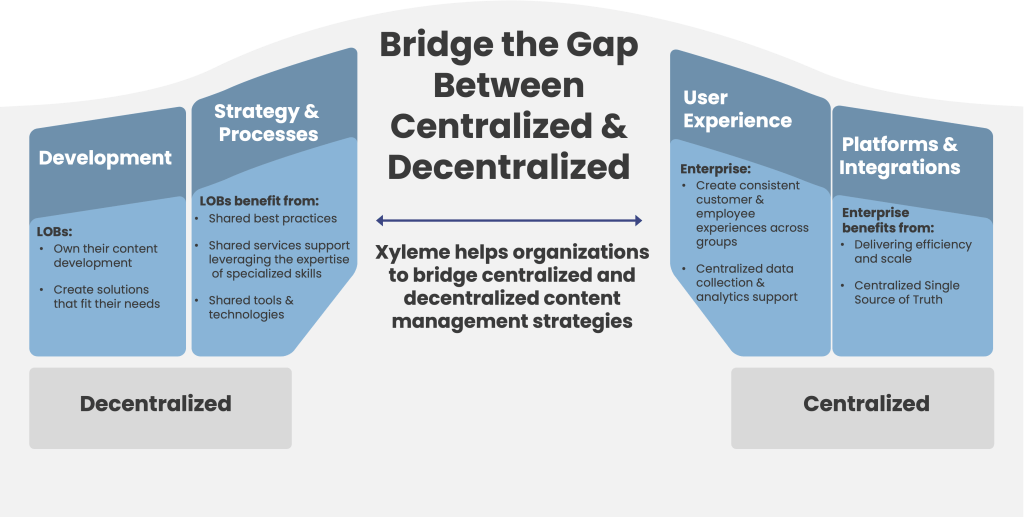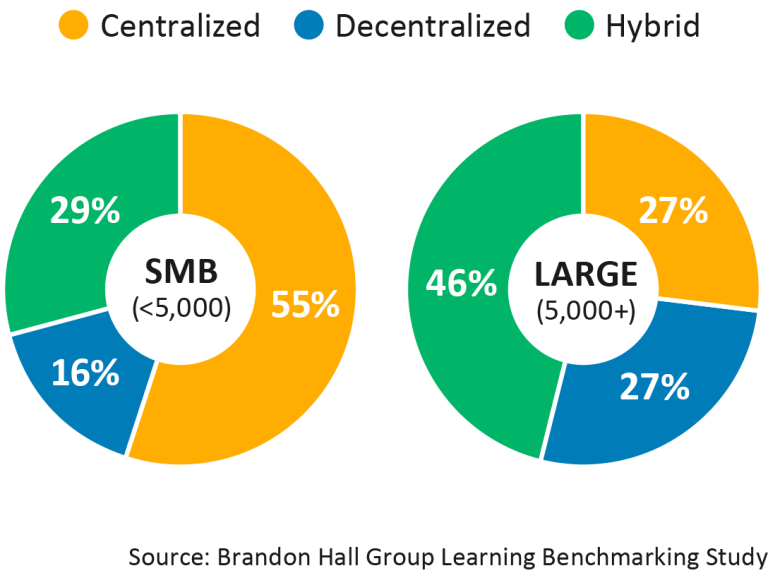In today’s rapidly evolving business landscape, it is crucial for organizations to have a solid understanding of how their learning and development initiatives contribute to the overall success of their operations. However, measuring the return on investment (ROI) of L&D requires more than just guesswork or anecdotal evidence. It necessitates a comprehensive data collection approach that spans the entire enterprise.
The ability to collect data from across the entire enterprise is the first step in your ability to measure the ROI of your L&D. That data collection needs to stretch across your entire organization in order to glean insights that matter. To really understand how L&D supports the critical core business strategies necessary to survive and thrive as industry shifts occur sometimes daily, the ability to capture “all sorts” of employee and organizational data is key, says Michael Rochelle, Chief Strategy Office of the Brandon Hall Group.
Successful L&D requires a fine balance between centralized control and personalized content strategy. A one-size-fits all approach rarely works. Empowering individual departments and business units to tailor their content strategies to meet their unique needs is important, as well.
The Role of Centralization in Streamlined Governance
Angela Williams, Leader, Security Customer Enablement Platform at Cisco, says her organization centralized their systems, but decentralized their content strategy.
Centralization brings with it the convenience of consolidated data, making it easier to analyze overarching trends and measure the overall impact of L&D initiatives. A centralized system serves as a single source of truth, ensuring consistency in reporting and simplifying governance. Yet, the risk of a purely centralized approach is that it may overlook the nuanced requirements of different departments or learner groups within an organization.
On the flip side, a decentralized content strategy allows each business unit to craft learning experiences that resonate with their specific objectives and challenges. This flexibility fosters innovation and agility, as teams can quickly adapt learning content to address emerging needs or capitalize on new opportunities.
“My team actually works with multiple stakeholders and business entities within Cisco, and they’re all at different levels of maturity,” Williams explains. “We have organizations that are literally just looking at the reports, looking at the numbers, just getting to know what those numbers mean on the paper. But then we have other organizations that are tying the analytics back to recurring revenue and business outcomes, and they’ve fully realized the utility of the business insights that can come from the learning consumption data.”
The art lies in striking the right balance. By centralizing the systems that capture learning data, you can maintain a bird’s-eye view of our L&D effectiveness. At the same time, decentralizing content strategy enables us to zoom in on the distinct needs of various learner populations, ensuring relevance and engagement.
For instance, a centralized LMS may provide valuable data on course completion rates and learner satisfaction across the organization. Yet, allowing individual teams to customize the application of this content – be it through tailored learning paths, specialized modules, or targeted skill assessments – can significantly enhance the effectiveness of the training.
In essence, the goal is to create a symbiotic relationship between the macro and micro aspects of L&D. A centralized analytics approach ensures you’re moving in the right direction, while decentralized content strategies allow for the personal touches that make learning impactful.
As you continue to evolve your L&D strategies, embracing both centralization for coherence and decentralization for customization is key to delivering meaningful and results-driven learning experiences.
“I think a lot of what we are seeing here is a breaking down of silos,” says Leslie Farinella, Chief Strategy Officer for Xyleme. “Part of that has always been, ‘how do we get our content into a central repository, how can so we make it so people can search and find it, use it and distribute it out.”
Breaking Down the Barriers of Siloed Content
The need to break those silos is more urgent than ever in an era when constant upskilling and reskilling are critical to the organization’s success. What does the organization need to accomplish agile learning goals, and do you have the right content to achieve those goals?
“We’ve got to bring down a lot of these silos across how we look at our content, how do we create it, but also we collect the data and deliver it seamlessly across the organization,” says Leslie. “What is that bigger picture?” Learning and Development is undergoing a transformation, moving from a traditional support role into a central strategic partner within organizations. As businesses navigate the complexities of digital transformation, global competition, and rapid innovation, the value of L&D is being redefined and elevated.

Moreover, organizations need to establish a culture of continuous learning and create an environment that supports the transfer of knowledge and skills across teams. This includes developing mechanisms for collecting and sharing feedback, capturing data on employee learning progress, and facilitating peer-to-peer learning through mentorship and collaboration.
As L&D transitions from a support function to a strategic partner in the organization, it is critical to have a unified and holistic approach to content creation, delivery, and data collection. By breaking down silos and adopting an agile approach to learning, organizations can drive innovation and achieve their goals even in a rapidly changing business landscape.
The Evolving Role of L&D: From Support Function to Strategic Partner
Today’s L&D teams are no longer just facilitators of training sessions or managers of learning platforms. Instead, they are architects of corporate culture, drivers of change, and enablers of business strategies. This shift calls for L&D professionals to develop a deeper understanding of business objectives and to align their initiatives accordingly.
The strategic alignment of L&D with business objectives means that L&D efforts are directly connected to the achievement of organizational goals. For example, if a company aims to become the leader in customer satisfaction within its industry, the L&D program should focus on training that enhances customer service skills, product knowledge, and problem-solving abilities.
Furthermore, L&D is becoming instrumental in talent retention and career progression. A well-crafted L&D program not only addresses the immediate skill gaps but also provides a clear path for employee growth and advancement. This approach not only boosts morale and job satisfaction but also supports the organization’s succession planning and talent pipeline.
This transformation of L&D also involves embracing data and analytics to make informed decisions and to demonstrate the tangible value of learning initiatives. By leveraging insights from learning data, L&D can fine-tune programs to be more effective, justify investments, and showcase their contribution to the company’s success.
The strategic role of L&D requires a shift in mindset—from seeing learning as a series of discrete events to understanding it as a continuous, integrated process that drives performance and supports the company’s vision. As L&D continues to evolve, its role in shaping the future of work and enabling businesses to adapt and thrive in an ever-changing landscape becomes increasingly significant.






